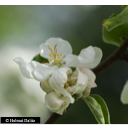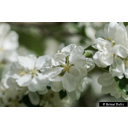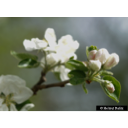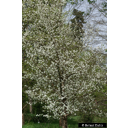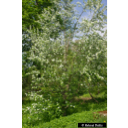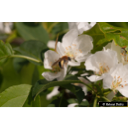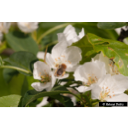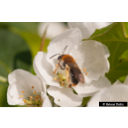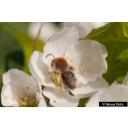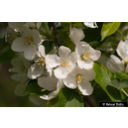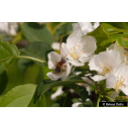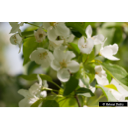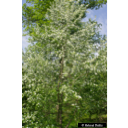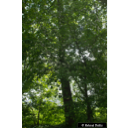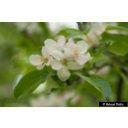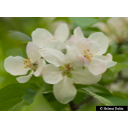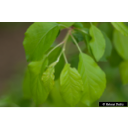Useful information about the taxon (species, subspecies, variety...)
Malus sylvestris (L.) Mill. 1768
Rosaceae
(APG IV)Akzessionnummer: LG-Z-033-16909
Pflanzjahr: 1999
Patenschaftstext: Für unsere Enkel Max und Luis geb. 22.02.2015
Taxon concept: The Plant List (2014), version 1.1
Malus sylvestris (L.) Mill. - Accepted: Malus sylvestris (L.) Mill. bei Zander 2008; Familie: Rosaceae (Zander 2008)Malus sylvestris (L.) Mill. - Accepted: Malus sylvestris (L.) Mill. bei The Plant List (2010); Familie: Rosaceae (APG III)Malus acerba Mérat - Synonym: Malus sylvestris (L.) Mill. bei The Plant List (2010); Familie: Rosaceae (APG III)Malus praecox Borkh. - : Malus sylvestris (L.) Mill. bei The Plant List (2010); Familie: Rosaceae (APG III)Malus sylvestris (L.) Mill. - Accepted: Malus sylvestris (L.) Mill. bei The Plant List (2014), version 1.1; Familie: Rosaceae (APG III)Malus sylvestris (L.) Mill. - Accepted: Malus sylvestris (L.) Mill. bei The Plant List (2010); Familie: Rosaceae (APG IV)Malus sylvestris (L.) Mill. - Accepted: Malus sylvestris (L.) Mill. bei BfN Checklist Flora DE; Familie: Rosaceae (APG IV)
- Life form
- woody, tree
Bundesamt für Naturschutz (BfN) (1999-2001 and ongoing): Floraweb - Daten und Informationen zu Wildpflanzen und zur Vegetation Deutschlands. www.floraweb.de.; Erhardt, W., Götz, E., Bödeker, N. & Seybold, S. (2008): Der große Zander. Enzyklopädie der Pflanzennamen. Band 2. Arten und Sorten. Eugen Ulmer KG, Stuttgart (Hohenheim), 18. Aufl., 2103 S.; Oberdorfer, E. (2001): Pflanzensoziologische Exkursionsflora. Für Deutschland und angrenzende Gebiete. Eugen Ulmer Verlag, Stuttgart, 8., stark überarb. u. erg. Aufl, 1056 S. 978-3-8001-3131-0.; Schick, B. & Spürgin, A. (1997): Die Bienenweide. Eugen Ulmer Verlag, Stuttgart, Auflage: 4., völlig neubearb. u. erw. A., 216 S. 978-3800174188.; The International Plant Names Index (2009). Published on the Internet http://www.ipni.org; Courtesy to IPNI, 2009. Exported from IPNI at date: 2009-09-22 20:17:51;
Diese Webseite verwendet Google Maps, um Karten und Standorte von Pflanzen in den Hohenheimer Gärten anzuzeigen. Dadurch werden unter Umständen Daten an Google weitergeleitet, was mit einer Verarbeitung Ihrer personenbezogenen Daten verbunden sein kann. Die Datenschutzerklärung von Google finden Sie hier: Datenschutzerklärung von Google

